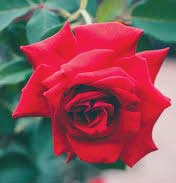 Overproduction, low demand, high cost of inputs, VAT that isn’t refunded by the government in time, unfavourable exchange rates, volumetric freight costing, high cost of labour and entrance of new players. When talking with the exhibitors at the IFTEX, it’s the combination of these factors that contribute to the challenges that small holder growers are facing.
Overproduction, low demand, high cost of inputs, VAT that isn’t refunded by the government in time, unfavourable exchange rates, volumetric freight costing, high cost of labour and entrance of new players. When talking with the exhibitors at the IFTEX, it’s the combination of these factors that contribute to the challenges that small holder growers are facing.
Over the past two years a lot of acquisitions have been witnessed in the flower sector. This has been heavily attributed to huge cost of operations, shrinking market and freight charges; combining these issues; small-holder growers find themselves in murky waters which forces them to be bought out by the big fish. However, during a one on one interview with the Craig Oulton General Manager, Floriculture (Kisima) he pointed out small-holder growers can still manage to attract revenue and run their farms successfully when they innovate on ways to cut their costs, while practicing socially and environmentally sustainable kind of farming.
How can small-holder growers cut their costs of operations in a bid to maximise their revenue?
There are three areas which takes a lot of money from the growers; inputs, freights charges and labour. The prices of these three entities continue to escalate every year with the market prices remaining constant. This becomes difficult to survive in the industry unless you innovate ways of lowering your expenditures on inputs, freight and labour without compromising the quality of your flowers in return.

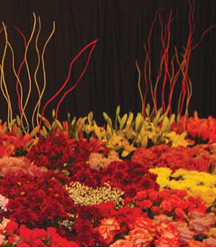 Why does something you could just pluck out of the ground cost so much?
Why does something you could just pluck out of the ground cost so much?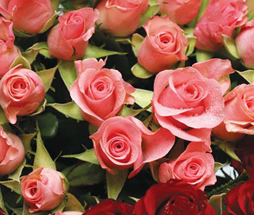 Kenya is the leading global exporter of cut roses to the European Union with a market share of 38 percent. Yet, the country only has a 1 percent market share in the U.S. where it competes against major suppliers such as Colombia and Ecuador which have lower logistics costs and shipping times. With high-quality flowers, a strong trade association and large U.S. market, however, there is an opportunity for Kenya to expand duty-free exports of flowers to the U.S. under the African Growth and Opportunity Act (AGOA)
Kenya is the leading global exporter of cut roses to the European Union with a market share of 38 percent. Yet, the country only has a 1 percent market share in the U.S. where it competes against major suppliers such as Colombia and Ecuador which have lower logistics costs and shipping times. With high-quality flowers, a strong trade association and large U.S. market, however, there is an opportunity for Kenya to expand duty-free exports of flowers to the U.S. under the African Growth and Opportunity Act (AGOA)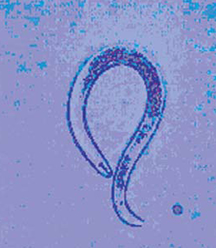 Dudutech has announced the launch in Kenya of NEMguard SC to control the country’s most financially damaging crop pest with zero risk of triggering crop rejections by European Union importers on residues. NEMguard SC is lethal to plant parasitic nematodes (PPNs), but has been classified as having no harmful effects on humans, animals, or the environment, which means it does not appear on the MRL (Maximum Residue Limit) list regulating ingredients growers can use on exported crops.
Dudutech has announced the launch in Kenya of NEMguard SC to control the country’s most financially damaging crop pest with zero risk of triggering crop rejections by European Union importers on residues. NEMguard SC is lethal to plant parasitic nematodes (PPNs), but has been classified as having no harmful effects on humans, animals, or the environment, which means it does not appear on the MRL (Maximum Residue Limit) list regulating ingredients growers can use on exported crops.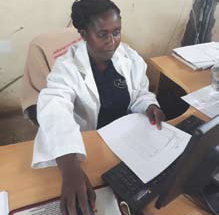
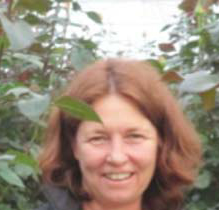 My advice to flower farmers on the critical issues in plant nutrition in floriculture would be as follows:-
My advice to flower farmers on the critical issues in plant nutrition in floriculture would be as follows:-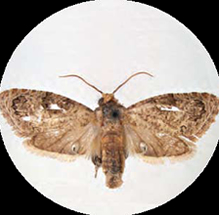
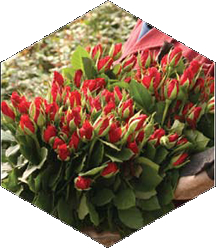
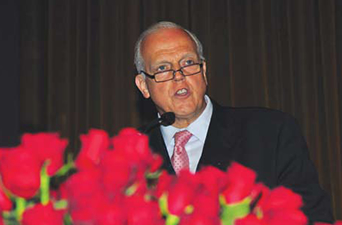 IFTEX has traditionally been a very popular exhibition to market your products, services and business. With advances in social media marketing and Internet technology, like webinars, Google hangouts and video conferencing, the value and benefits of marketing via trade fair comes up. Though technology is changing marketing at a rapid pace, there are several benefits from having exhibit presence at a trade show. These six key benefits are why your business must have IFTEX Exhibition marketing presence:
IFTEX has traditionally been a very popular exhibition to market your products, services and business. With advances in social media marketing and Internet technology, like webinars, Google hangouts and video conferencing, the value and benefits of marketing via trade fair comes up. Though technology is changing marketing at a rapid pace, there are several benefits from having exhibit presence at a trade show. These six key benefits are why your business must have IFTEX Exhibition marketing presence: